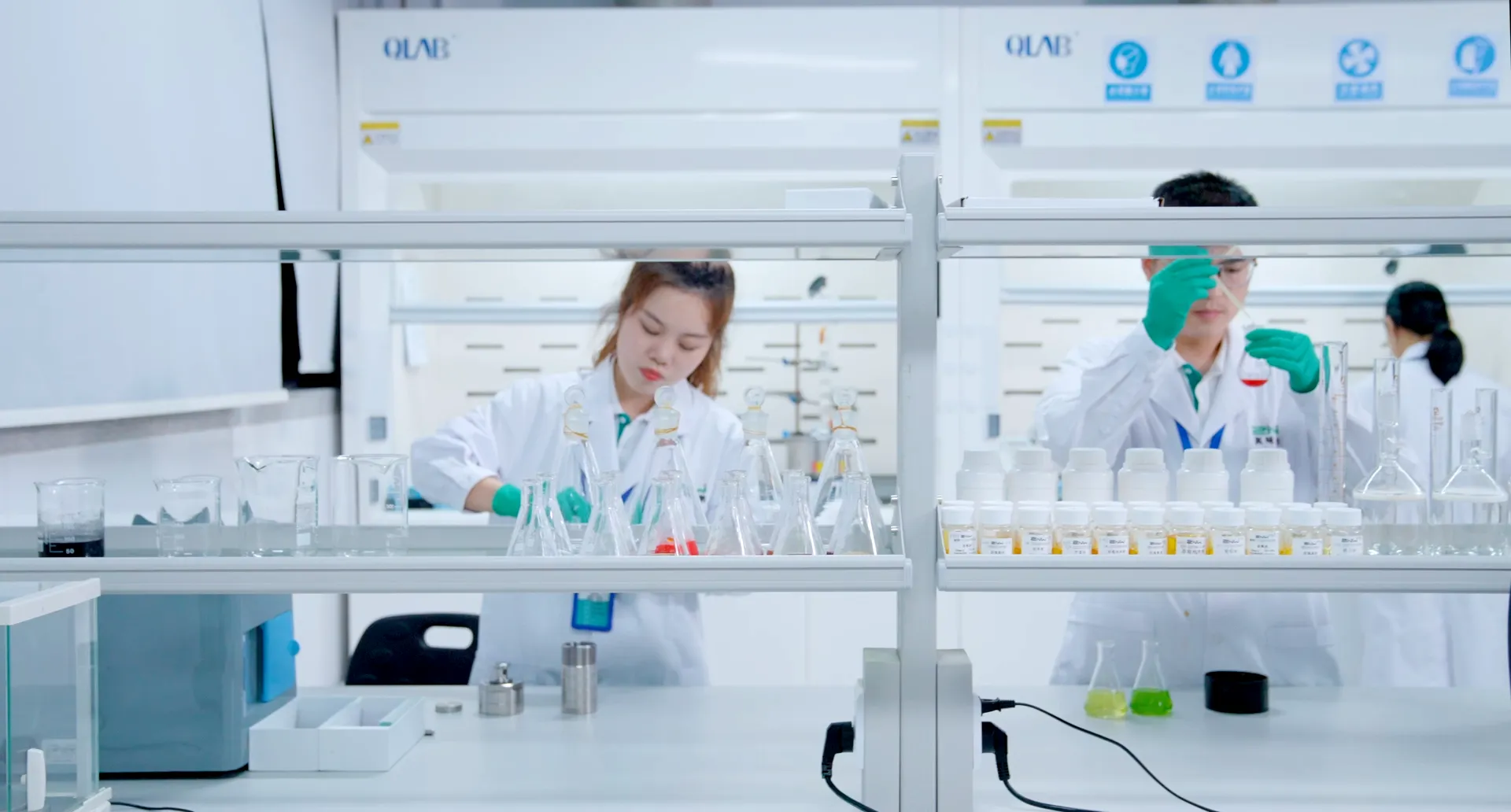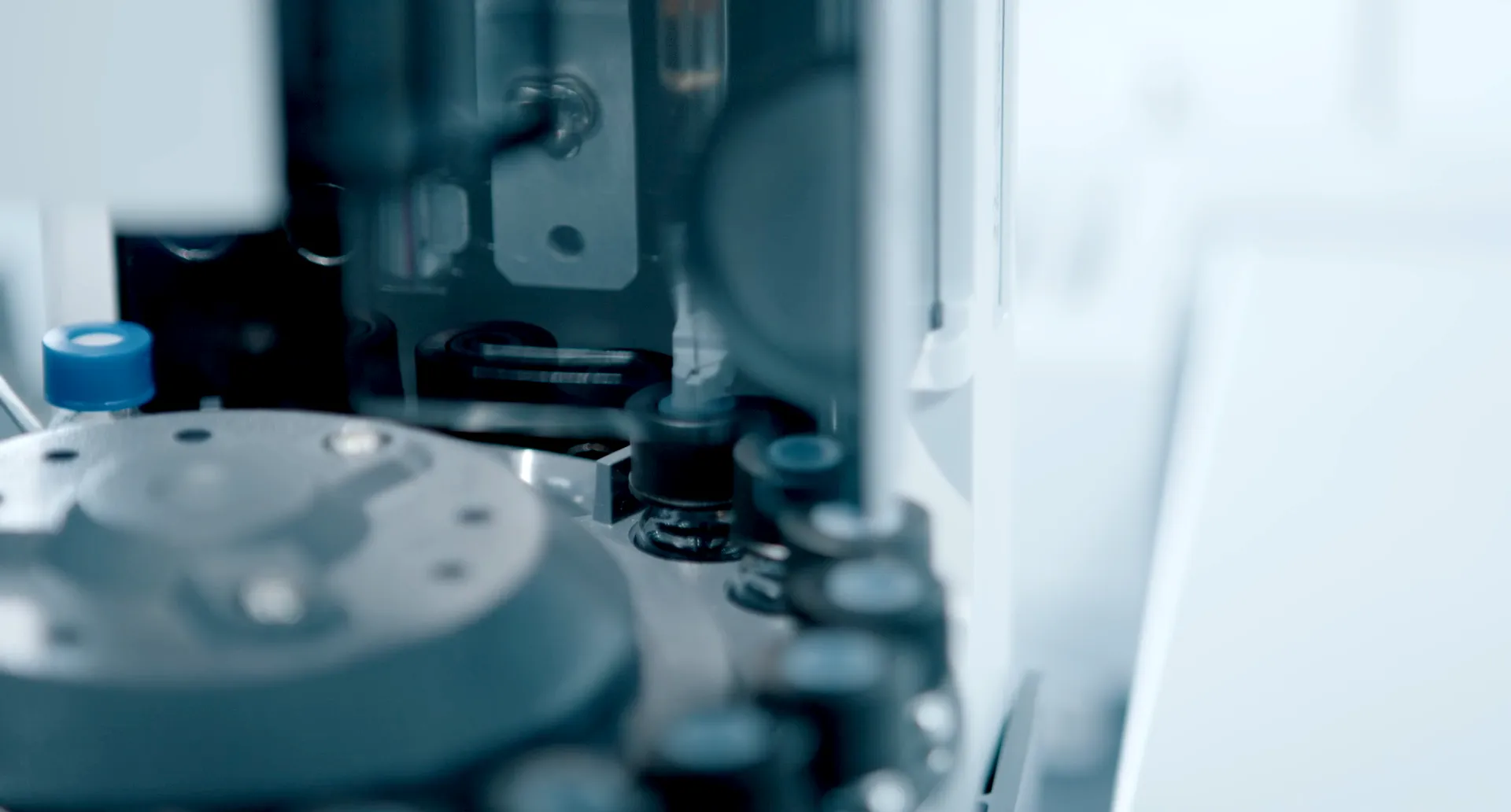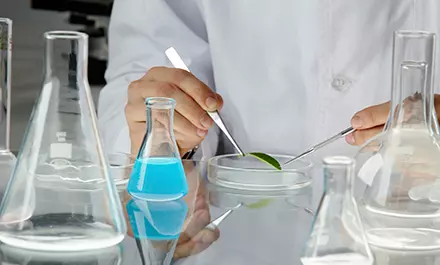
What is E-liquid?
E-liquid is the liquid that is filled into the electronic atomizer of an electronic cigarette. It is made up of various components that are heated and vaporized to create an aerosol that is then inhaled by the user.

The specific components of e-liquid
In general, e-liquid is composed of 5 main ingredients. These include PG (propylene glycol), VG (vegetable glycerin, also known as glycerol), flavorings, tobacco extracts, and additives to improve mouthfeel.
1. Propylene Glycol, or PG for short, is a common pharmaceutical and food additive. It has hygroscopicity and a slightly sweet taste, and is a colorless, odorless, and transparent liquid with good fluidity. The US Food and Drug Administration (FDA) defines PG as generally safe for human consumption. As one of the basic components of electronic cigarette oil, PG mainly acts as a carrier for flavorings, enhancing the taste of the oil. When heated, it produces a small amount of vapor with a certain throat hit. It can also be used to dilute VG and reduce the viscosity of the oil for easier wicking. E-liquids with higher levels of PG usually have a thicker mouthfeel, slightly stronger throat hit, and produce less vapor.
2. VG (Vegetable Glycerin), also known as vegetable glycerol or glycerol, is a widely used material in daily life, just like PG. Observant friends can find that many cosmetics, foods, wines, and candies list propylene glycol and glycerol as ingredients. Especially for people who enjoy sweets, they consume a lot of VG because cakes, cookies, and other sweets typically contain VG. In e-cigarettes, VG is mainly responsible for producing vapor.
When heated, VG produces a large amount of vapor. Friends who have used sub-ohm or dripping atomizers know that adding a lot of VG to the finished oil is necessary to produce the desired amount of vapor. VG has high hygroscopicity and is very viscous. If the fluidity of an e-liquid is poor, it must have a high VG ratio, and such e-liquids produce large vapor but have a slightly weaker throat hit and a less ideal flavor.
3. Flavorings play a crucial role in e-liquids, and it can be said that they are the soul of e-liquids. The flavor of an e-liquid is determined by the flavorings used. The combination and proportion of different flavorings determine the taste of an e-liquid. The flavorings used in unique e-liquids are often very complex. Some special flavorings, such as mint, also provide a throat hit.
4. The primary role of tobacco extract (mainly nicotine) in e-liquids is to relieve smoking addiction and provide a throat hit. It also helps enhance the flavor of e-liquids. In fact, all e-liquids contain tobacco extracts, but the concentration is not high.
The nicotine concentration in e-liquids is usually measured in milligrams per milliliter (mg/mL) and commonly ranges from 0mg, 6mg, 13mg, to 18mg. The higher the number, the higher the nicotine concentration per milliliter of e-liquid, and the stronger the throat hit. However, it can also be more irritating to the throat. Most people find that 6mg e-liquids are the most satisfying, providing a good throat hit without irritation.
5. Additives include sweeteners, souring agents, throat-soothing agents, deionized water (distilled water), etc. Their main function is to improve the taste of e-liquid and compensate for the shortcomings of flavorings. For example, some e-liquids may have a slightly bitter or sour taste, so sweeteners can be added to improve the taste. Deionized water is mainly used to dilute VG. Some e-liquids do not contain PG, and VG is very viscous, which can cause some oil-storage atomizers to not flow oil smoothly. In order to maintain the pure VG ratio, deionized water is added to dilute VG and improve fluidity. Pure water, mineral water, and ordinary tap water are prohibited from being added to e-liquid because they contain ions, and ions are conductive. If added to e-liquid and then to the atomizer, a short circuit may occur, causing the device to not work properly. However, deionized water and distilled water are non-conductive.

The aroma of e-liquid mainly comes from the ingredients in flavorings.
Flavorings are mixtures composed of various chemical substances, including natural and synthetic ingredients. Common flavoring components include fatty acids, ketones, esters, aldehydes, and aromatic compounds. These components need to be precisely proportioned and mixed to achieve a unique flavor. Different ratios of flavoring components are used in e-liquids with different flavors, resulting in different taste profiles. Additionally, some special flavoring components, such as those found in mint flavorings, can create a throat hit and enhance the mouthfeel of e-liquids. In summary, the aroma of e-liquid is derived from a complex mixture of flavoring components with different ratios.

What can be used as a replacement when the vape pod runs out of oil?
The only option is to purchase a new vape pod and replace the old one. Currently, according to the new national standard for electronic cigarettes, open-type electronic cigarette devices are not allowed to be sold, which means that consumers cannot refill the vape pod with e-liquid on their own.

We will contact you as soon as possible









